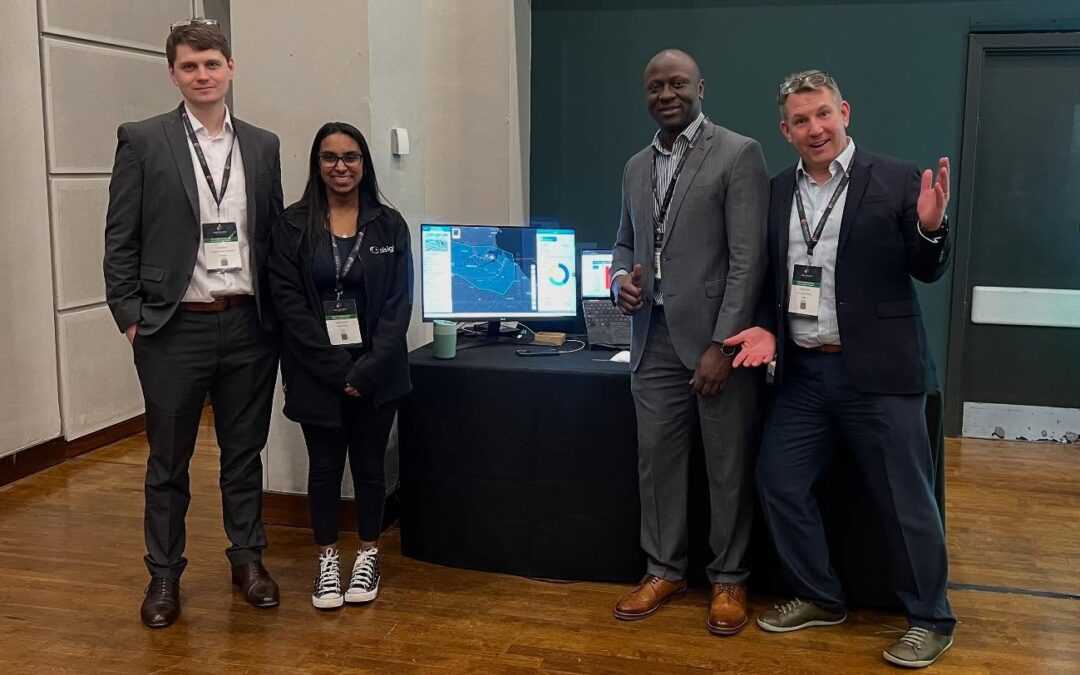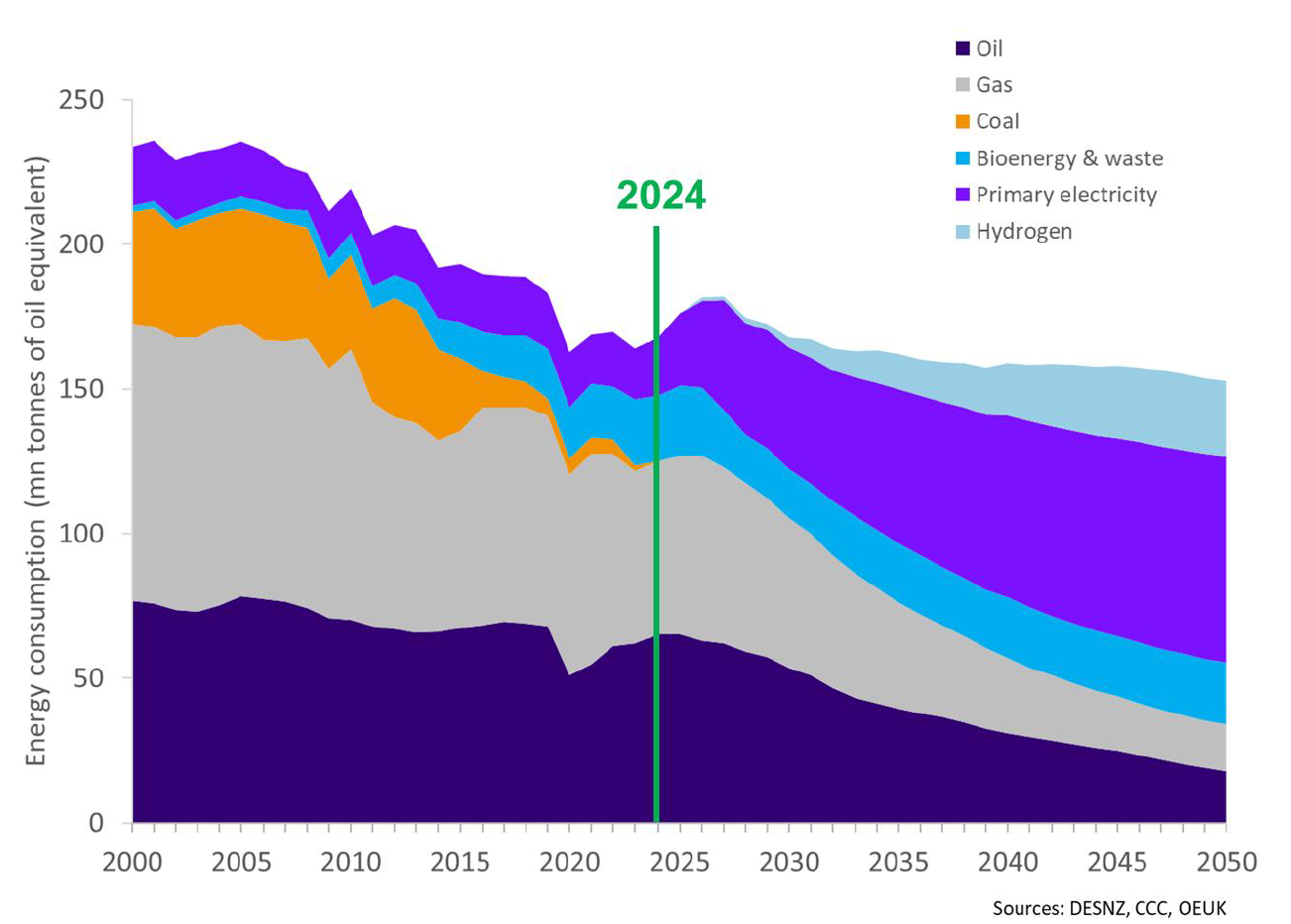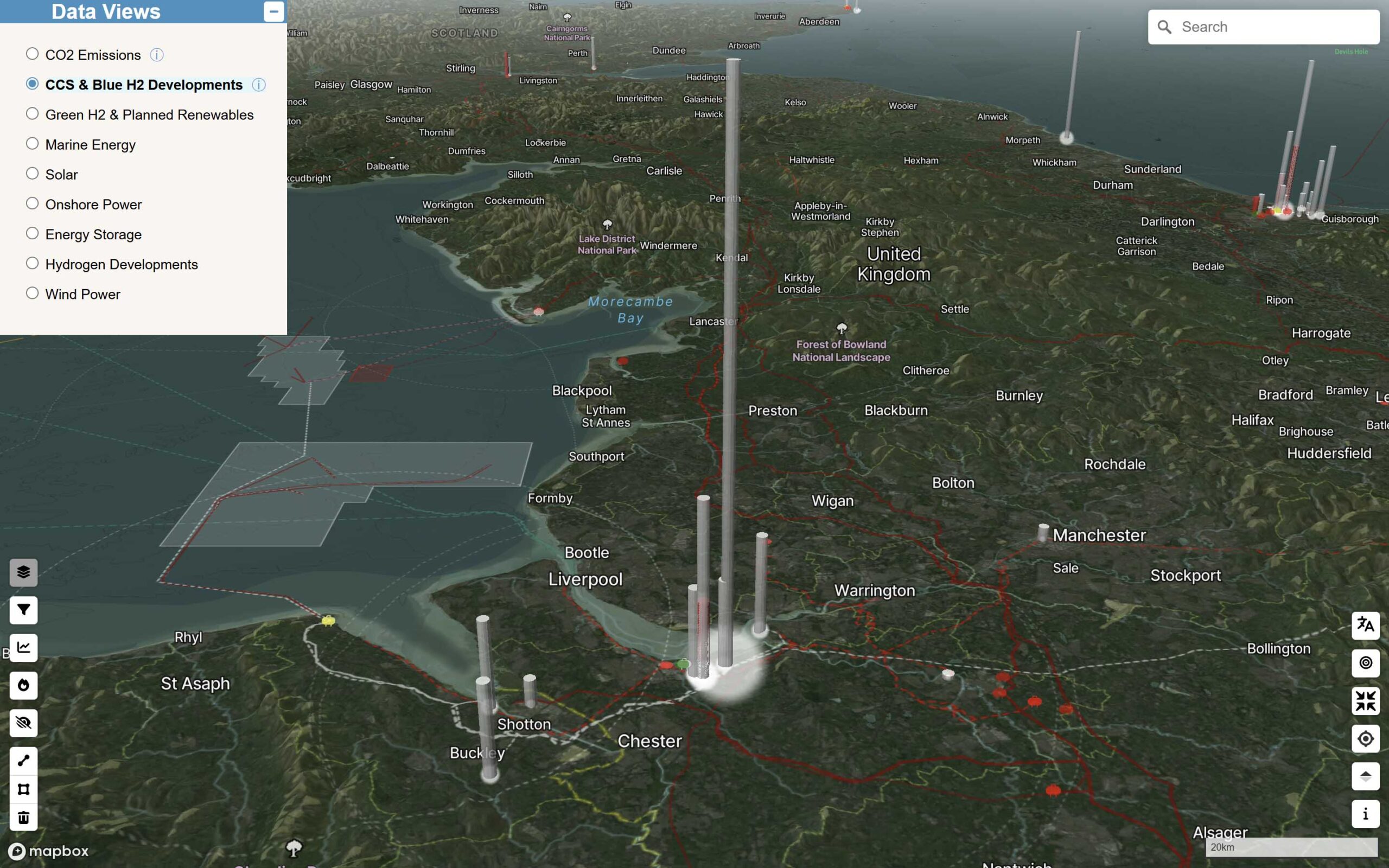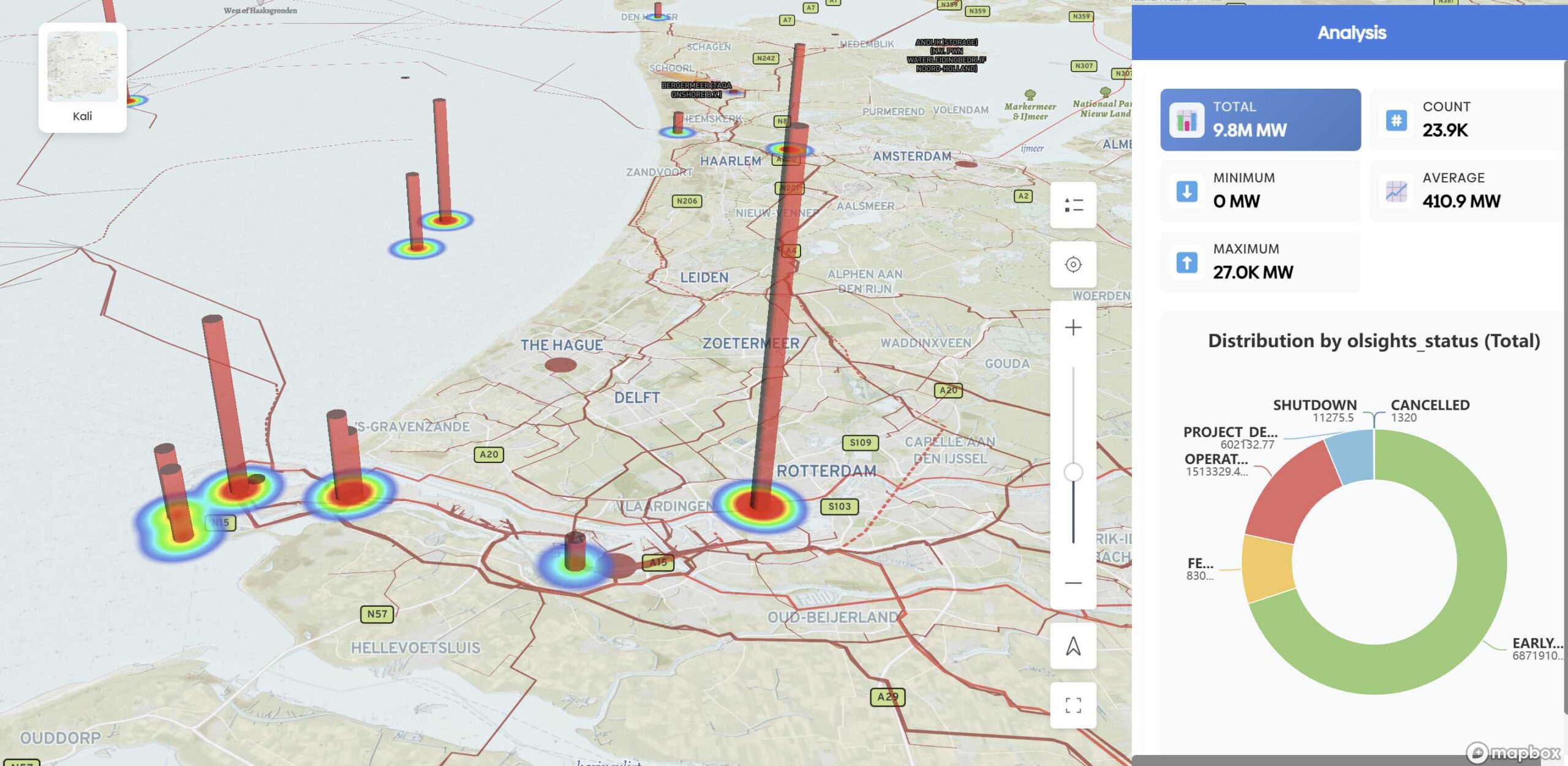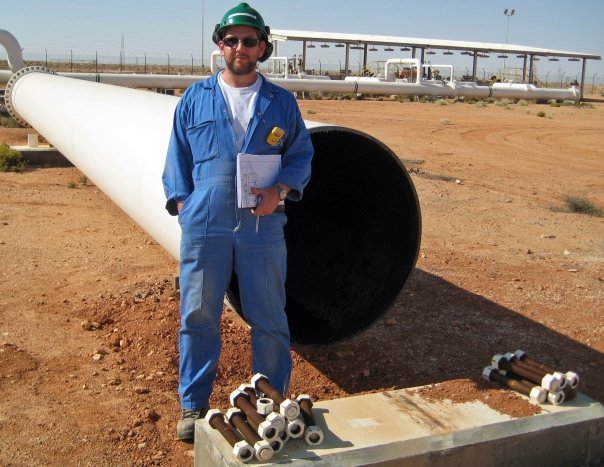Earlier this week, the Olsights team attended the 6th UK CCUS & Hydrogen Decarbonisation Summit in Leeds, where industry leaders, policymakers, and innovators came together to discuss the future of carbon capture, utilisation, storage (CCUS), and hydrogen in the UK. The summit offered invaluable insights into the progress made so far, the challenges ahead, and the strategies required to navigate the energy transition effectively.
Here are the key learnings and takeaways that emerged from the discussions:
The Reality Check: Progress with Challenges
While there’s clear momentum in the energy transition, the road to decarbonisation is far from straightforward. One of the recurring themes at the summit was the gap between project selection and project affordability. Though ambitious initiatives are being approved, funding uncertainties and cost overruns pose significant risks to their realisation.
Take, for example, the challenges faced by first-of-a-kind (FOAK) projects. These pioneering efforts, while critical to progress, carry a high level of financial risk. The summit referenced the case of Shell’s Gas-to-Liquid Plant in Qatar, where costs skyrocketed from an estimated $5 billion to $20 billion during construction. This highlights the need for robust financial frameworks that can distribute risks among offtakers, producers, and investors.
Another critical barrier is the “chicken-and-egg” problem in infrastructure. Decarbonisation becomes significantly easier once infrastructure—such as pipelines and grid connections—is established. However, getting these systems in place remains a challenge, with issues like land acquisition, water availability, and permitting delays adding years to project timelines. Currently, it takes an average of 6–8 years to move projects from planning to commercial operation, underscoring the need for streamlining regulatory and consenting processes.
Balancing Decarbonisation with Industrial Growth
One of the more sobering insights from the summit came from the Office for National Statistics, which reported a 30% drop in UK energy consumption over the past two decades. While this decrease reflects progress in energy efficiency, it is also tied to a decline in industrial activity.
The summit emphasised that decarbonisation should not come at the expense of deindustrialisation. Instead, the UK must find ways to retain and grow its industrial base while transitioning to clean energy. This includes investing in infrastructure, fostering innovation, and creating policies that attract investment rather than driving it overseas.
A Path Forward: Innovation and Collaboration
A recurring theme during the summit was the importance of standardisation and collaboration to overcome the barriers to decarbonisation. By developing pre-approved equipment, suppliers, and packages, projects can reduce both costs and delivery times. Similarly, co-locating hydrogen producers with offtakes can mitigate logistical challenges like storage and transport.
For example, Essar Energy Transition Fuels highlighted growing interest in land near their Stanlow Refinery, demonstrating the potential benefits of strategic co-location. Additionally, the summit pointed to international examples, such as Norway’s National Wealth Fund, which provides funding for critical infrastructure like pipelines to support project-level investments.
The Progress and Challenges in CCUS
The summit also provided an update on carbon capture, utilisation, and storage projects in the UK. There’s cause for optimism, with milestones like Net Zero Teesside (NZT) Power reaching financial close in December 2024. HyNet, another key project, is expected to follow suit later this year.
However, challenges remain, particularly around CO2 transport and storage. Current pipeline capacity is already oversubscribed, highlighting the urgent need for alternative transport methods, such as non-pipeline solutions or cross-border networks to reduce carbon leakage risks.
Technological innovation is playing a key role in addressing some of these challenges. For instance:
- C-Capture has developed an amine-free scrubbing process that requires minimal feed cleaning.
- Efinium has launched a pilot plant capable of capturing 1 tonne of CO2 per day from waste-to-energy processes.
- ABB is set to roll out its CCS 360 Platform this year, offering a full-chain digital model of CCS networks to aid design and operation.
Yet, technological advancements alone are not enough. Key issues such as CO2 impurities, pipeline corrosion, and the environmental risks of geological storage continue to hinder progress.
Hydrogen: Promise with Practical Hurdles
Hydrogen remains a cornerstone of the energy transition, but the summit highlighted key risks that must be addressed to unlock its full potential. Chief among these is the water demand for green hydrogen production, which is expected to exceed supply by the early 2030s. Without centralised water systems for demineralisation, cooling, and wastewater management, developers face higher operational costs and increased land use requirements.
Despite these challenges, the summit showcased promising progress in industrial hydrogen adoption. HyNet, for example, has successfully implemented hydrogen fuel switching with major companies like Unilever, Essar, and Pilkington Glass. These projects demonstrate that transitioning to hydrogen can often be achieved with minimal changes to existing equipment, making it a more viable option than previously thought.
Internationally, hydrogen clusters are emerging as examples of best practice. The Rotterdam Cluster has operated without water supply disruptions since 2009, while the Eemshaven Cluster in the Netherlands has successfully shared pipeline capital costs among users, reducing the financial burden on individual projects.
Olsights’ Role in Supporting the Energy Transition
The summit reinforced the need for data-driven tools to tackle these challenges, and at Olsights, we are committed to playing our part. Our Olsights Eye platform provides stakeholders with critical insights into infrastructure, grid connections, and regional demand, empowering them to make informed decisions and reduce project risks.
The conversations in Leeds highlighted the importance of collaboration, innovation, and proactive planning. As the UK works to scale up CCUS and hydrogen solutions, platforms like Olsights Eye will be essential for identifying opportunities, managing risks, and accelerating progress toward a net-zero future.
If you’d like to learn more about how Olsights can support your decarbonisation projects, get in touch! Together, we can build a cleaner, more sustainable future.

